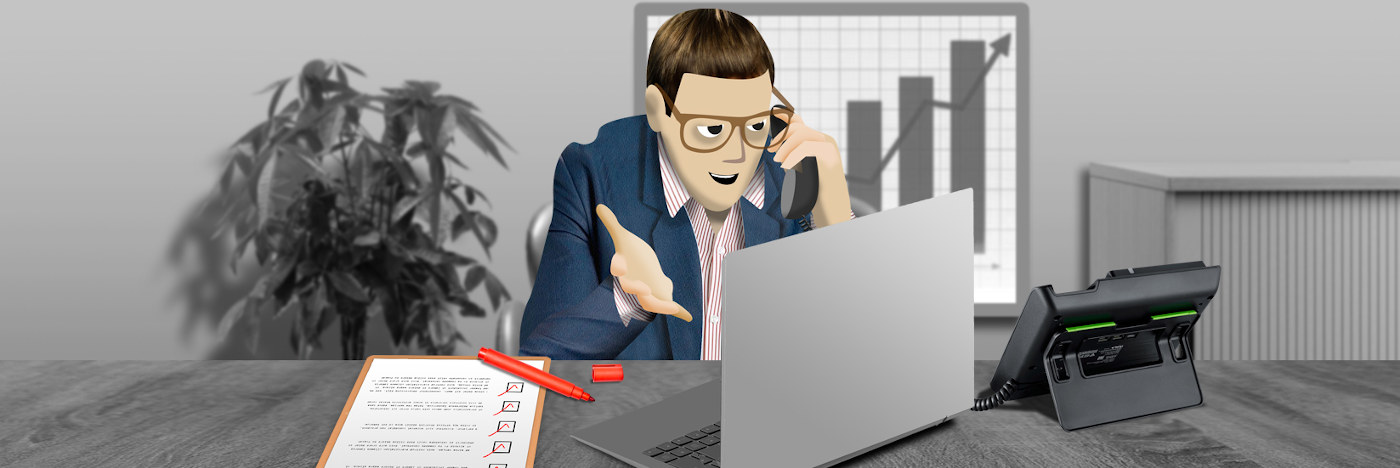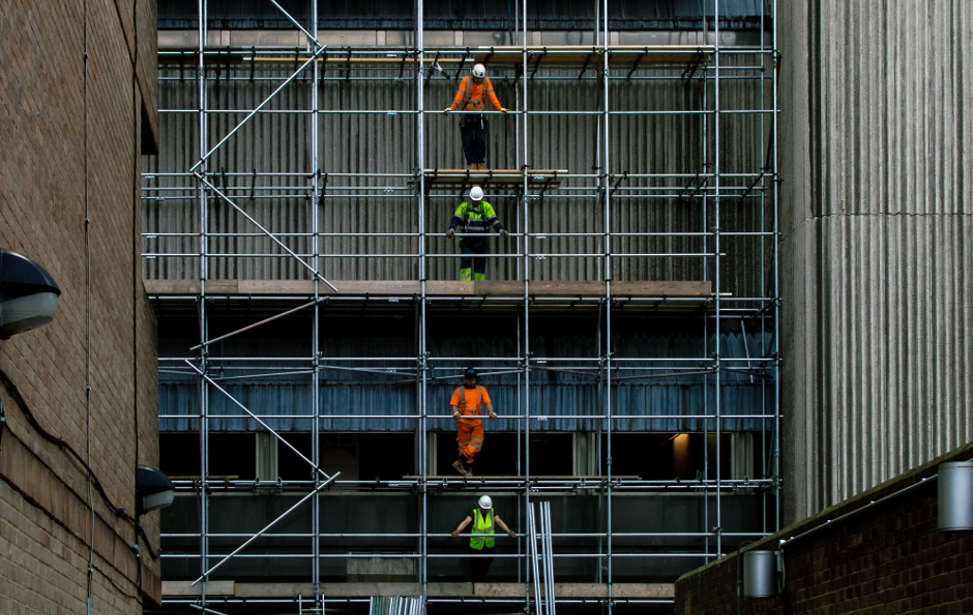

Blog
Getting back on site

As the UK lockdown gradually eases and the return to work gains momentum sector-by-sector, we all need to learn a new way of 'going to work'. For many of us this will take a bit of getting used to - after all, if you've been doing something the same way for years, learning a new routine will really take some thinking about!
The construction industry in England was never told to stop during lockdown, of course, but the new safety precautions and processes that have been put in place will certainly be here for a good while yet.
So, if you are returning to work after enforced absence or if you are unsure about what you are supposed to do on site, here's our take on what you need to know:
1. Travelling to Work
Remember the headlines about packed tube trains in London and construction workers getting really badly treated simply for trying to get to work? Thankfully now there is clearer guidance:
- Wherever possible, travel to site alone using your own transport (for most of us, that means a car or van).
- If you have to share, share with the same people and keep the numbers in the car or van at any one time to a minimum.
- Keep the windows open too as good ventilation (and facing away from each other) may help to reduce the risk of transmission.
- If it is your car or van, you need to clean it regularly using gloves and standard cleaning products and don't forget handles and other areas where passengers may touch surfaces.
- If you have no option but to use public transport, try to avoid travelling at peak times.
2. Driving at Work
The advice here is much the same as the 'travel to work' guidance. If you were sharing a vehicle for travel at work or between site locations, you should now travel alone. However, if you have no option but to share you should try to share with as few people as possible, keep your vehicle clean, keep windows open for ventilation and wash your hands for 20 seconds using soap and water or hand sanitiser before getting in and out of the vehicle.
3. Site Access and Egress Points
This is something your site manager must be on top of and you'll certainly see a difference here! They are being advised to stop all non-essential visitors and to consider introducing staggered start and finish times to reduce congestion and contact at all times.
They will also have been advised to plan site access and egress points to enable social distancing - and possibly change the number of access points, to either increase points to reduce congestion or decrease to enable monitoring, including in the case of emergencies.
You'll also probably find one-way systems in place which allows for plenty of space between people waiting to enter site. And you'll notice more signage such as floor markings, to ensure 2 metre distance is maintained between people when queuing and reminding workers not to attend if they have symptoms of Coronavirus (Covid-19).
Anything that requires contact will also be removed if possible, including fingerprint scanner entry systems, unless they can be cleaned between each individual use. And hand washing and cleaning will be the order of the day, especially in reception, office, access control and delivery areas - and when you enter and leave site.
4. Hand Washing
Take regular breaks to wash your hands. This should be easy to do as your site should provide additional hand washing facilities (e.g. pop ups) to the usual welfare facilities, particularly on a large spread out site or where there are significant numbers of personnel on site.
5. Toilet Facilities
Watch out for some controls about using toilet facilities! Sites are being told to restrict the number of people using toilet facilities at any one time (e.g. by appointment of a welfare attendant) and use signage, such as floor markings, to ensure 2 metre distance is maintained between people when queuing.
6. Canteens and Rest Areas
Try to bring your own food and stay on site once you've entered it - and avoid using local shops. Where there are no practical alternatives, workplace canteens may have stayed open with appropriate adjustments for social distancing and contactless payment only. You'll find that canteens may only be providing a takeaway service providing pre-prepared and wrapped food only.
Break times may also be staggered to reduce congestion and contact, and drinking water stations will have enhanced cleaning measures of the tap mechanism. Hand cleaning facilities or hand sanitiser should be available at the entrance to any room where you go to eat - remember to use when you enter and leave. A distance of 2 metres should be maintained while eating, which is why seating and tables will have been reconfigured to reduce face to face interactions.
7. Changing Facilities, Showers and Drying Rooms
Much like the new rules for toilet and canteen facilities, you will notice some changes to these facilities, with some sites even increasing the number or size of facilities available on site. Maintaining the 2m distance between workers is the main aim here, which may mean that the number of people using these facilities at any one time may be restricted.
8. Work Planning to Avoid Close Working
Sites and work need to be planned and organised to avoid crowding and minimise the risk of spread of infection by following Government guidance and the advice within the Site Operating Procedures.
So you will find that site managers will remind the workforce at daily briefings of the specific control measures necessary to protect them, their colleagues, families and the UK population.
Where the 2m rule cannot be enforced, sites are being advised to minimise the time workers are in close contact with colleagues - and keep the same groups working together where possible - but close proximity should be for the maximum of 15 minutes understood to be the current recommendation.
Site meetings will only take place where absolutely necessary and the capacity of lifts and hoists will be reduced to prevent congestion and contact.
A special point about PPE - the official guidance says that "Coronavirus (COVID-19) needs to be managed through social distancing, hygiene and the hierarchy of control and not through the use of PPE." So, don't expect to be kitted out with masks, gloves and face screens when you arrive on site.
9. First Aid and Emergency Service Response
As usual, your site manager will need to operate in a way that preserves life with first aid administered if required and until the emergency services attend. During the Coronavirus crisis, this may require them to make some changes when planning site activities, to make sure the provision of adequate first aid resources must be agreed between the relevant parties on site.
10. Cleaning
You should notice a lot more cleaning taking place on site. This is because official guidance requires enhanced cleaning procedures across the site, particularly in communal areas and at touch points including taps, washing facilities, toilets, door handles and lift and hoist controls. However, don't think this is enough to protect you - you should still wash your hands as often as you can and prevent touching your face.
If you want to read more, you can see the full guidance published by the Construction Leadership Council on 18th May here.


